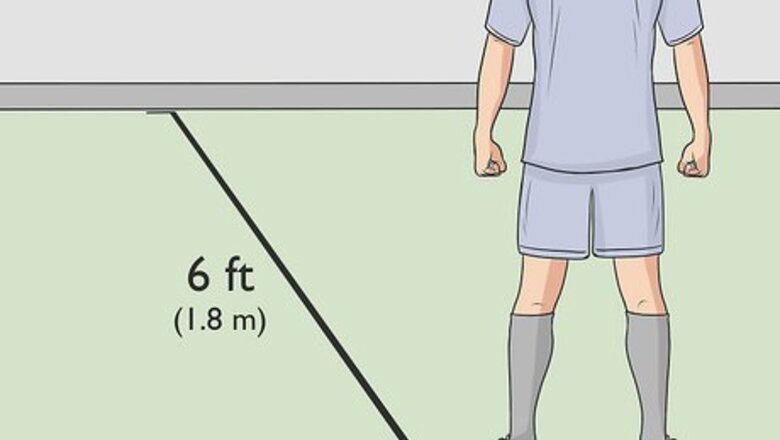
views
Practicing the Angle Kick

Stand about 6 ft (1.8 m) in front of a wall. Practicing the angle kick against a wall will force you to kick softer and focus on form. Keep practicing against a wall so you learn the angle kick by muscle memory. When you first learn to play soccer, your natural instinct is to just kick the ball as hard as you can, which leads to you kicking it with your toes instead of with the inside of your foot or with the laces. The angle kick is the first technique to practice to cure toe kick.
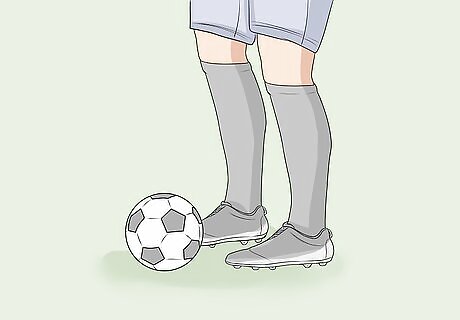
Place a soccer ball next to your kicking foot or slightly behind it. Put the soccer ball next to you on the ground or stand slightly in front of it so you will kick the ball on the downward swing. This helps prevent hitting the ball with your toes. Many beginning players plant their feet way behind the ball before kicking it, which leads to kicking the ball on the upswing with the toes instead of the inside of the foot or the laces.
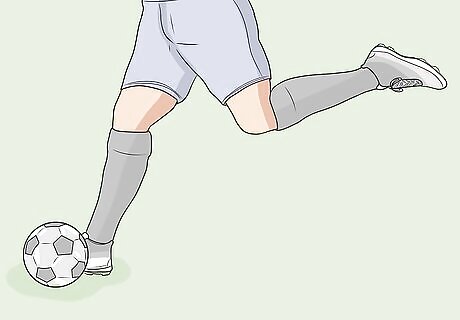
Swing your leg behind your torso and bend your knee in a V-position. Swing your entire leg back behind your torso from the hip to load it for the kick. Bend your leg at the knee in a V-position to shorten the leg. For powerful shots, the sole of your foot will almost reach your behind when you swing it back.
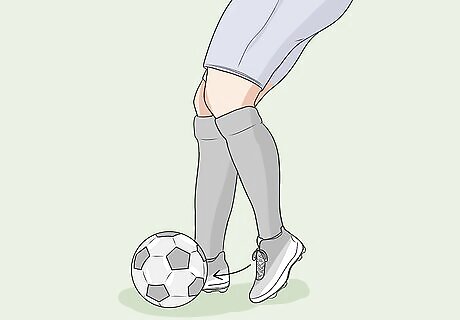
Swing your leg across and out to hit the ball with the inside of your foot. Keep your knee bent in the V-position and point your toe down and angled out at about a 4-o’clock angle. Swing your leg slightly outward and across the front of your body so the inside of your foot is aimed at the ball.Tip: Practice this movement in slow motion before you actually kick the ball to get the form down. This is where the angle kick gets its name, since you are kicking the ball with your leg and foot at a slight angle. If you are doing this during a game, you would also be approaching the ball from an angle.
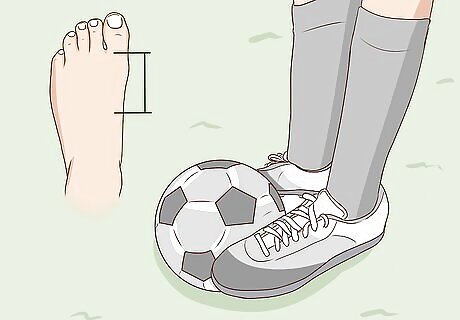
Hit the ball with the bone on the inside of your foot right above the big toe. This is called the first metatarsal and is the biggest bone in the foot. Keep your ankle locked as you connect with the ball and focus on hitting it only with this bone on the inside part of your foot to create the biggest impact. If you are a right-footed kicker, the area of impact will be slightly left of the center of the inside of your foot.
Learning the Straight Kick
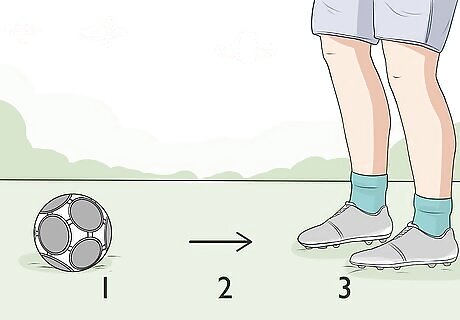
Stand 3 steps behind a soccer ball on the ground. Place a ball on the ground and take 3 steps backwards. Stand upright with your toes facing forward.Tip: You can practice the straight kick about 10 ft (3.0 m) in front of a goal. Unlike the angle kick, you are going to kick the ball straight on, but still without using your toes to kick it.
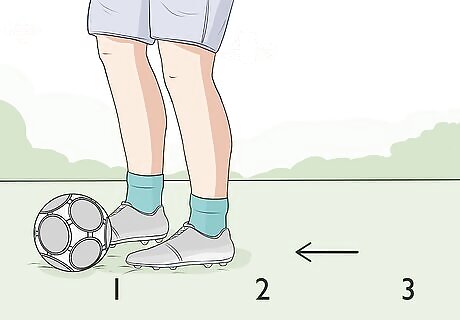
Take 3 steps towards the ball and plant your non-kicking foot. Take the first step with your non-kicking foot so you will plant that foot on the final step. Practice in slow motion to get your pacing and foot placement right. For example, if you are kicking with your right foot, then take the first step towards the ball with your left foot. This way, the last step will be with you left foot and you will plant it so you can kick with your right foot.

Swing your kicking leg straight behind you and bend your knee in a V-shape. Swing your kicking leg straight back at the hip. Bend your knee to shorten the leg and keep your toes pointed at the ground. Make sure to keep your non-kicking foot firmly planted.
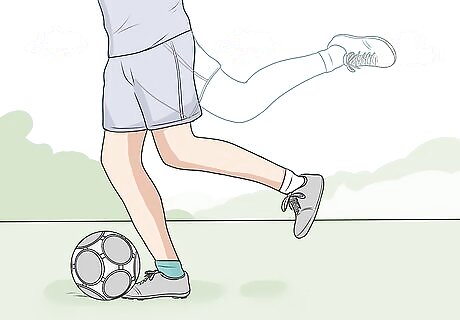
Kick towards the ball with your toes pointed at the ground. Swing your leg straight forward at the hip and keep your knee bent in a V-shape. Keep your toes pointed at the ground, not at the ball. Look at the ball as you kick towards it. Don’t lift up your head until after you kick it.
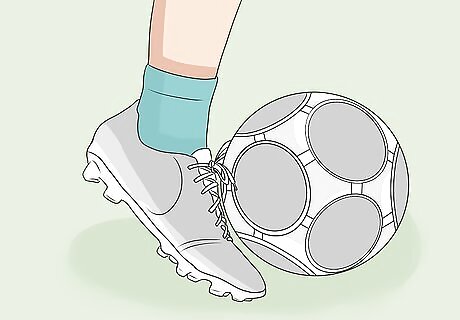
Hit the ball with all of your shoelaces. Make contact with the whole top of your foot where your shoelaces are. Your toes will be under the ball when you make contact with it. Keep your foot straight and follow through with your leg even after you make contact with the ball. Imagine you are kicking through the ball instead of at the ball.


















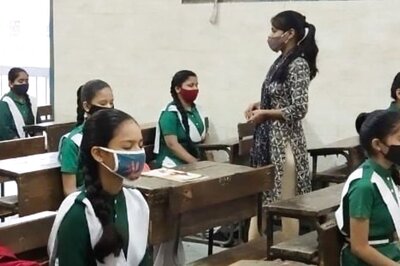

Comments
0 comment